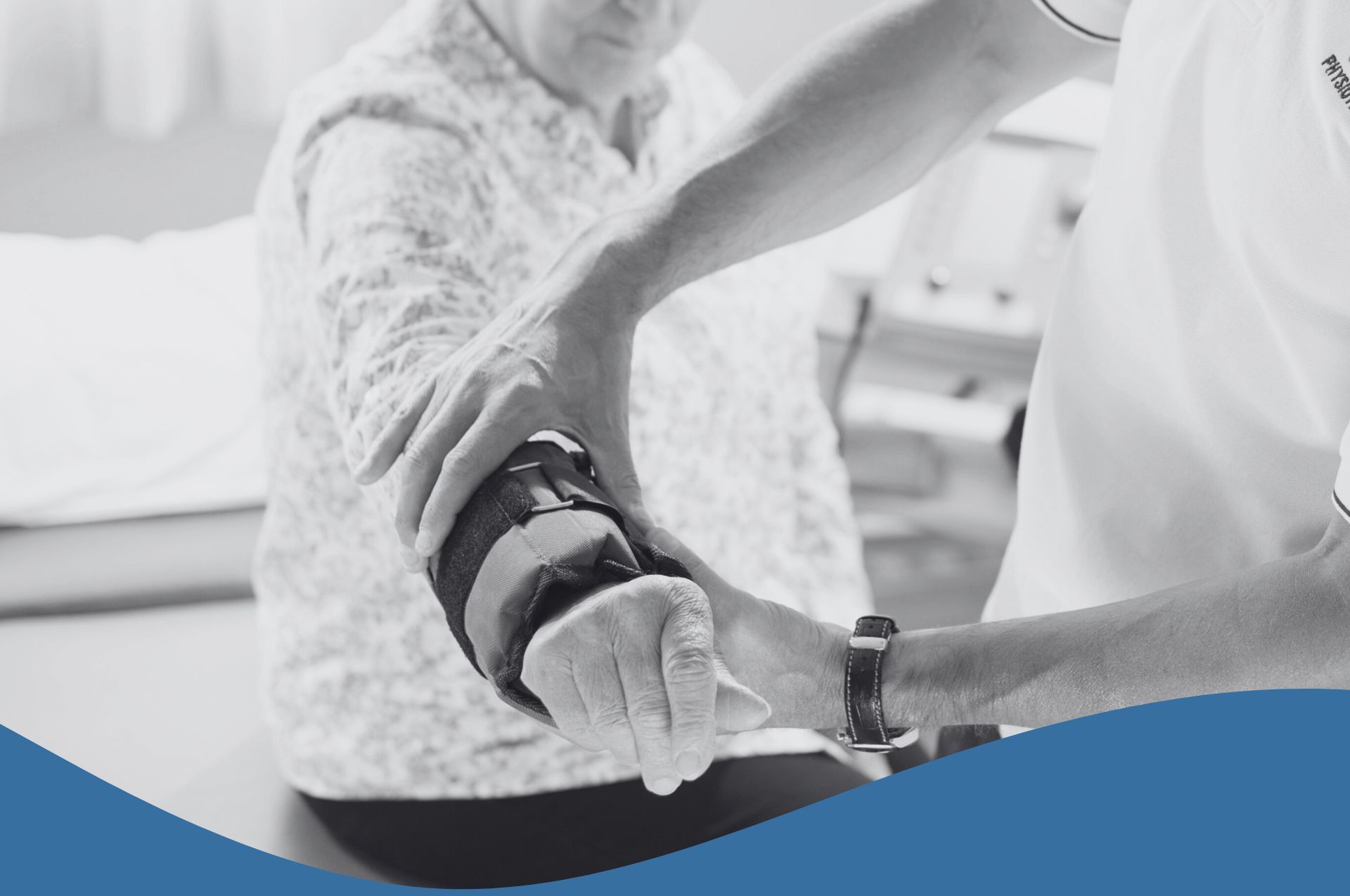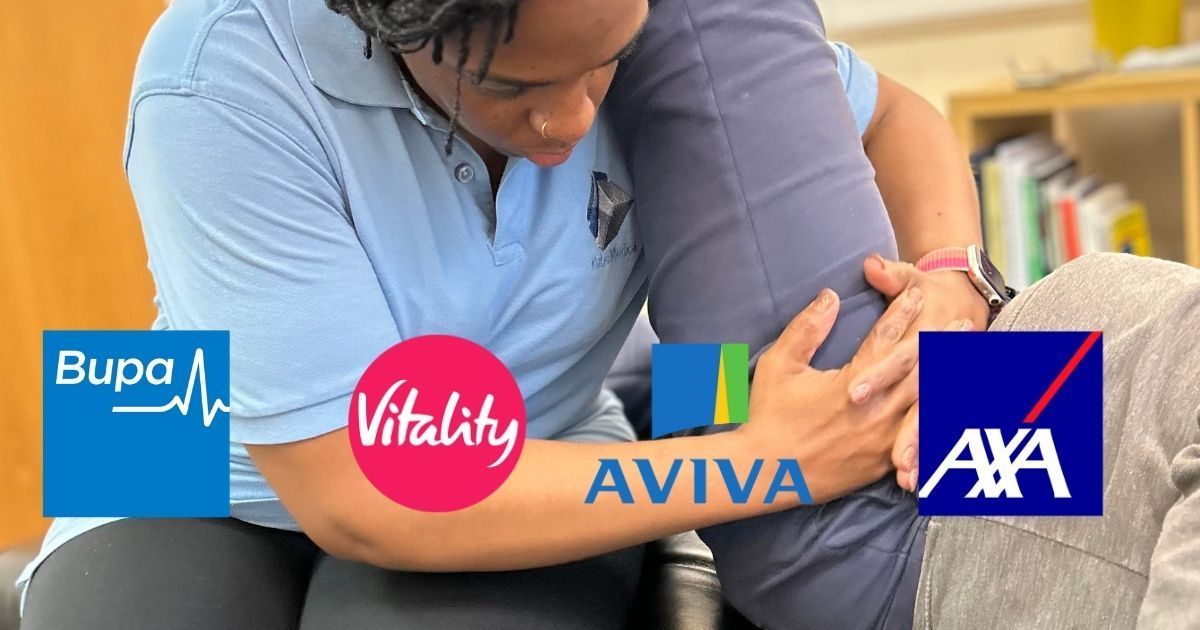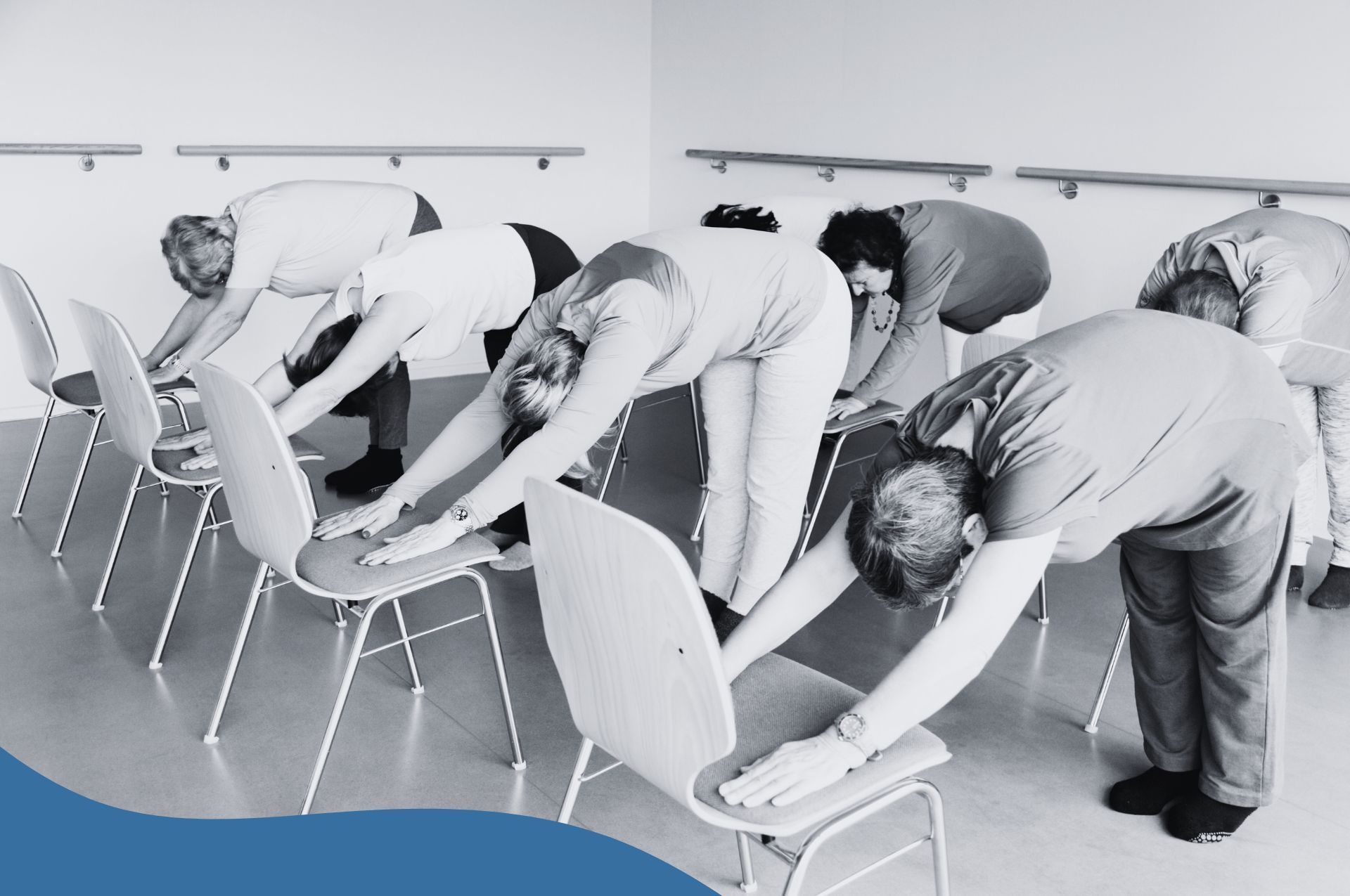How does breathing impact musculoskeletal pain?
Chronic stress, anxiety and pain have all been linked to changes in our natural breathing pattern. Breathing is something we do automatically and don't often think about. However, the way we breathe can have an impact on many elements of our health including our circulation, digestion and even our reproductive system. Understanding how breathing affects us can help to manage stress, anxiety and pain more effectively.
What is a faulty breathing pattern?
Faulty breathing patterns are those which deviate from the norm. In a study looking at the incidence of normal breathing patterns and faulty breathing patterns in a convenient sample group, the authors found that 75% of people studied fell into the category of abnormal or a faulty breathing pattern Perri and Halford., (2004).
Why does a faulty breathing pattern matter?
On occasion faulty breathing patterns can be as a result of certain health conditions of poor lifestyle such as nutritional deficiencies of over supplementation resulting in liver, kidney and ultimately brain toxicity. Indicators of chronic conditions leading to faulty breathing are brain fog, poor sleep, muscle cramps or weakness and chronic pain which is widespread/diffuse and non-mechanical in nature.
How can I fix a faulty breathing pattern?
The diaphragm is the primary muscle responsible for breathing at rest. The function of the diaphragm relies on a mobile rib cage, which is allowed to expand fully and then contract through elastic recoil. Short and tight accessory muscles in your neck and surrounding your rib cage restrict this natural rib movement and the diaphragm is impaired as a result. Deep diaphragmatic breathing helps to train you to use your diaphragm more effectively.
External signs of faulty breathing:
This often presents in the mirror as hunched shoulders and a short appearing compressed neck.. Rib expansion may be visually reduced in upper chest breathers, and the shoulders and rib cage will lift up instead to allow space for the lungs to expand. In a normal breathing pattern the lower ribs will open out to the side to allow full lung expansion.
Other benefits of training deep breathing:
- Consistently practising deep breathing can help to lower our heart rate and blood pressure, both of which can contribute to a sense of calm and improve general health and fitness.
- Relaxation through breathing may help to reduce excessive muscle tone which may restrict blood flow.
- Optimal breathing also helps to flush out toxic by-products which your body produces as a result of its normal daily functions such as movement, digestion, cell regeneration, growth and respiration.
- Adequate blood flow is important to ensure oxygen reaches our brain, muscles and other vital organs. Blood toxicity can lead to a reduction in your pain threshold and can increase anxiety levels due to hormonal imbalance and can over time lead to organ damage.
- Additionally, deep breathing has been shown to help relieve lower back pain, due to the link between core stability of the spine and normal breathing mechanics. As such, paying attention to our breathing can be an effective way to help manage pain.
The relationship between breathing, stress and pain
Pain is a complex phenomenon that involves both physical and psychological components. While the experience of pain is subjective, it is often associated with a heightened state of anxiety and stress. One of the body's natural coping mechanisms for pain is to alter the way we breathe. When we are in pain, our breathing tends to become shallower which means we only expand our upper chest and rib cage. This happens due to an increase in the use of our accessory breathing muscles, instead of the diaphragm.
Over time this breathing pattern can lead to shortened and inelastic muscles, which attach from our ribcage to our neck, chest and back. This may prevent them from fully lengthening in between breathing cycles, ultimately reducing movement and airflow in and out of the lungs. In the long term this can contribute to tension headaches, neck, shoulder, back pain and stiffness. This tension can transfer to the lower extremities through restricted movement in the lower back, pelvis and hips.
What should I do if I think my faulty breathing pattern is leading to my pain?
If you suffer from chronic pain or regularly experience high levels of stress or anxiety, consider practising some breathing exercises. Be consistent by making optimal breathing training a daily habit to see if they can help manage your symptoms.
Getting your body used to being starved of oxygen in a controlled way can help to reduce panic attacks. It also helps to increase the strength of your intercostal muscles and increases their length and pliability meaning you have more air in your lungs to supply you with oxygen.
Tips for improving your breath control.
- Nasal breathing for relaxation, breathing in through your nose has been shown via brain scans to have a regulatory effect on your heart rate and stress levels.
- Being conscious of your breathing, counting to 4 on your in breath, holding for 4 and breathing out for 8 or variations of this can be helpful to teach yourself to breath more optimally.
- Fully breathing out is just as important for your health as taking air in. If air is not adequately expelled, there will be less room in the lungs for oxygen rich air. Correctly expelling air is important in order to get rid of excess CO2 which builds up in your body.
References:
- Perri, M., Halford, E. (2004) ‘Pain and faulty breathing: a pilot study, Journal of Bodywork and Movement Therapies’, vol. 8(4), pp. 297-306 ISSN 1360-8592, Available at: https://doi.org/10.1016/S1360-8592(03)00085-8.











